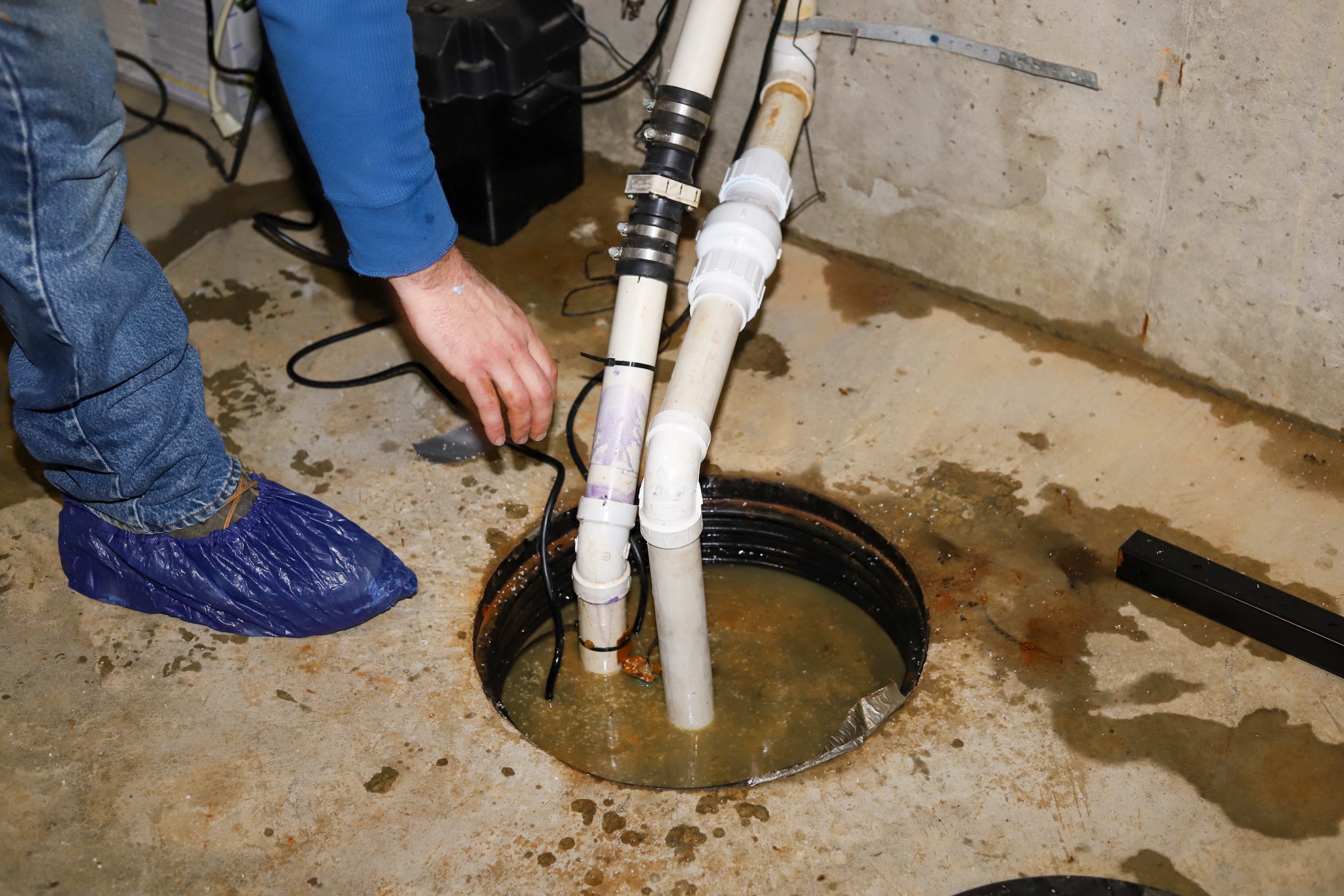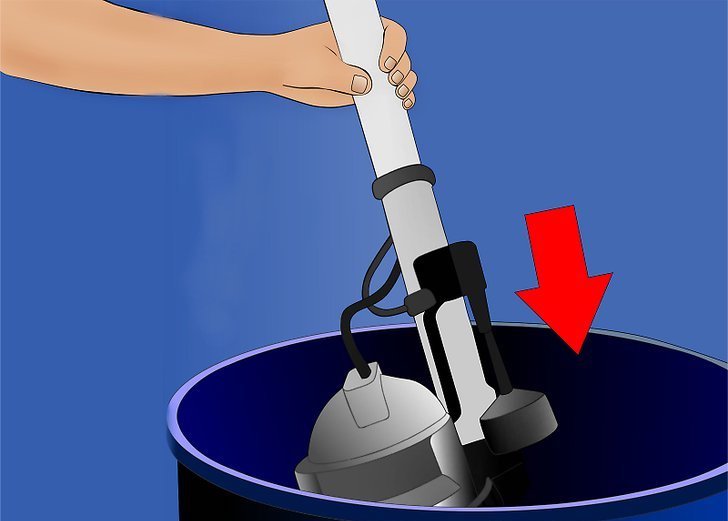This article which follows relating to Keep Your Sump Pump Clean, It'll Keep You Dry is quite attention-grabbing. Check it out yourself and see what you think about it.

Sump pumps are important components in many homes, especially in locations vulnerable to flooding or too much moisture. They help avoid water damage by effectively eliminating excess water from basements or crawl spaces. Nonetheless, like any other device, sump pumps call for regular upkeep to guarantee they function effectively when needed the most. Cleansing your sump pump is a vital part of its maintenance, and recognizing how to do it appropriately can conserve you from costly repair services and potential catastrophes.
Intro
Maintaining a clean sump pump is crucial for its proper functioning and durability. Neglecting this essential task can bring about blockages, malfunctions, and ultimately, water damage to your home. Therefore, learning exactly how to cleanse a sump pump is critical for homeowners who rely upon these tools to maintain their cellars completely dry and safeguarded.
Comprehending the Sump Pump
Before diving right into the cleaning process, it's necessary to have a basic understanding of just how a sump pump functions. Generally set up in a pit or basin listed below the cellar flooring, a sump pump consists of several key components, including a pump, a float button, and a discharge pipeline. When water builds up in the pit, the float switch turns on the pump, which then pumps the water out via the discharge pipeline, far from the structure's structure.
Indicators of a Dirty Sump Pump
Knowing when your sump pump needs cleansing is critical for stopping potential breakdowns. Some common indicators that show a filthy sump pump consist of unusual noises throughout operation, lowered water circulation, and noticeable particles in the pit. If you observe any one of these signs and symptoms, it's important to clean your sump pump quickly to avoid any additional issues.
Getting ready for Cleansing
Before you begin cleaning your sump pump, it's necessary to take some safety and security precautions. Beginning by shutting down the power to the pump to avoid any kind of electric accidents. In addition, use ideal safety gear, such as handwear covers and safety glasses, to secure on your own from dirt, debris, and potential pathogens.
Step-by-step Guide to Cleaning Up a Sump Pump
Shutting Off the Power
Begin by separating the power supply to the sump pump to avoid any type of mishaps while cleaning.
Eliminating Debris and Dust
Utilize a pail or an inside story to get rid of any visible debris, dust, or debris from the sump pit. Dispose of the particles correctly to stop it from clogging the pump or the discharge pipeline.
Cleansing the Pump and Drift Change
As soon as the pit is clear of particles, carefully eliminate the pump from the pit. Evaluate the pump and the float switch for any signs of damage or wear. Use a soft brush or cloth to cleanse the surfaces and remove any accumulated crud.
Purging the System
After cleansing the pump and float switch, flush the sump pit with tidy water to remove any type of staying dust or debris. This will certainly help make certain that the pump runs efficiently and efficiently.
Checking for Correct Functioning
Before re-installing the pump, do a fast examination to ensure that the float switch triggers the pump correctly. Put some water into the sump pit and observe the pump's operation. If everything is working correctly, you can rebuild the pump and reconnect the power supply.
Upkeep Tips to Maintain Your Sump Pump Clean
In addition to regular cleaning, there are a number of upkeep suggestions you can comply with to keep your sump pump in ideal condition:
Conclusion
Cleansing your sump pump is an important aspect of its upkeep and makes sure that it operates effectively when you require it one of the most. By following the steps outlined in this guide and incorporating regular maintenance right into your routine, you can extend the life-span of your sump pump and shield your home from water damage.
6 STEPS ON HOW TO CLEAN A SUMP PUMP PROPERLY
UNDERSTANDING SUMP PUMPS
Your sump pump plays a crucial role in protecting your home by managing and removing excess water. It primarily functions as a “shield”, guarding your basement against the damaging effects of water accumulation. The pump is housed in a sump pit in the lowest part of your basement, and its job is to pump out any water that collects there.
During heavy rainfalls or when snow melts rapidly, water can infiltrate your basement, posing potential risks like flooding, structural damage, and harmful mold growth. Here, the sump pump springs into action, pumping out the intruding water and directing it away from your home.
SAFETY FIRST
Before cleaning, remember to prioritize safety. Disconnect the sump pump from the power source to prevent any accidental electric shocks. Also, wear sturdy gloves to protect your hands from any sharp or dirty components within the pump.
REMOVE THE SUMP PUMP
After ensuring your safety, the next step is to remove the sump pump from its pit. Doing this might require careful maneuvering as you don’t want to damage any pump components. Once removed, clean the sump pit to remove any accumulated debris or sludge.
INSPECT THE PUMP
Inspect the pump for any visible signs of wear or damage. Check the power cord, float switch, and impeller housing. If any components look worn out or damaged, consider replacing them to ensure optimal performance.
CLEAN THE PUMP
Thoroughly clean the pump with warm, soapy water. Make sure to rid it of any dirt, gravel, or other debris that might impede its performance. You can use a toothbrush to clean the small, hard-to-reach parts of the pump.
REINSTALL THE SUMP PUMP
Reinstall the pump into the sump pit Make sure it’s positioned correctly to remove the water effectively Once it’s back in place, reconnect it to the power source TEST THE PUMP
Finally, pour some water into the pit to ensure the pump works correctly. It should start automatically and begin pumping out the water; if it doesn’t, check the power source and the positioning of the pump.
Remember, while cleaning your sump pump is an essential part of home maintenance, hiring a professional plumber for a thorough inspection and cleaning at least once a year is also important. This will ensure that your pump is in optimal condition, ready to protect your home from potential water damage.
BEST PRACTICES FOR CLEANING SUMP PUMP DISCHARGE PIPES
Regular Inspection: Regularly inspect your discharge pipes, especially during heavy rainfall or snowmelt periods. Look for any signs of blockage or damage. Early detection of problems can prevent serious issues down the line. Periodic Cleaning: Over time, sediment and debris can accumulate in the discharge pipes, impeding the flow of water. Regular cleaning helps keep the pipes clear and functioning efficiently. You can use a high-pressure water jet to effectively clean the pipes. Insulation During Winter: In colder climates, discharge pipes can freeze, blocking the outflow of water. Protect your discharge pipes from freezing temperatures by insulating them with foam pipe insulation. This will ensure the sump pump can continue to discharge water even in freezing conditions. Proper Positioning: The discharge pipe should be positioned to direct water away from your home’s foundation. Improper positioning can lead to water seeping back into the basement. Ensure the pipe is long enough and angled correctly. Installation of a Check Valve: A check valve prevents water from flowing back into your sump pit after the pump has pushed it out. Installing a check valve helps maintain the efficiency of your sump pump and reduces the risk of flooding. Minimize Pipe Turns: Every curve or turn in the discharge pipe can decrease the efficiency of water flow. By minimizing turns and bends in your discharge pipe, you can increase the efficiency of your sump pump. https://www.fullspeedplumbing.com/how-to-clean-a-sump-pump-properly9999/

We are very interested by Cleaning & Maintenance Tips for Your Home's Sump Pump and I really hope you enjoyed reading my page. Enjoyed reading our article? Please quickly share it. Let other people check it out. Thank you for your time. Revisit us soon.
Schedule Today!